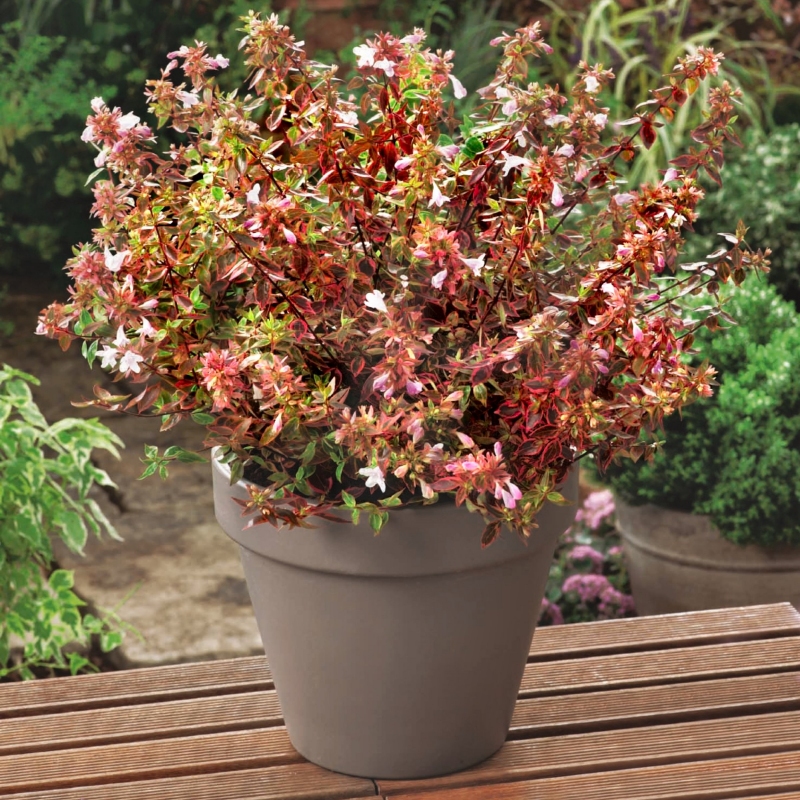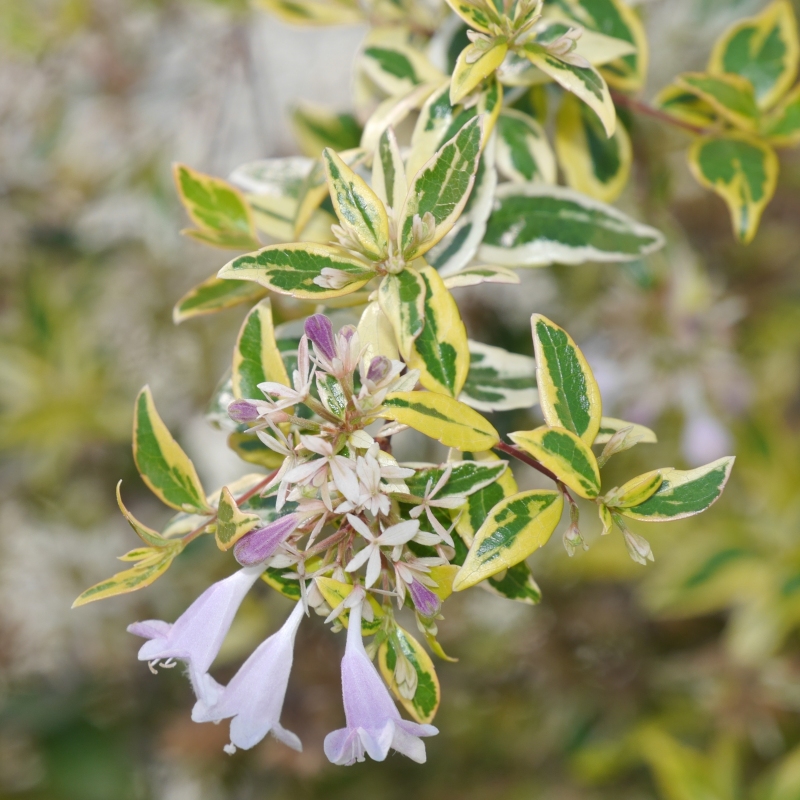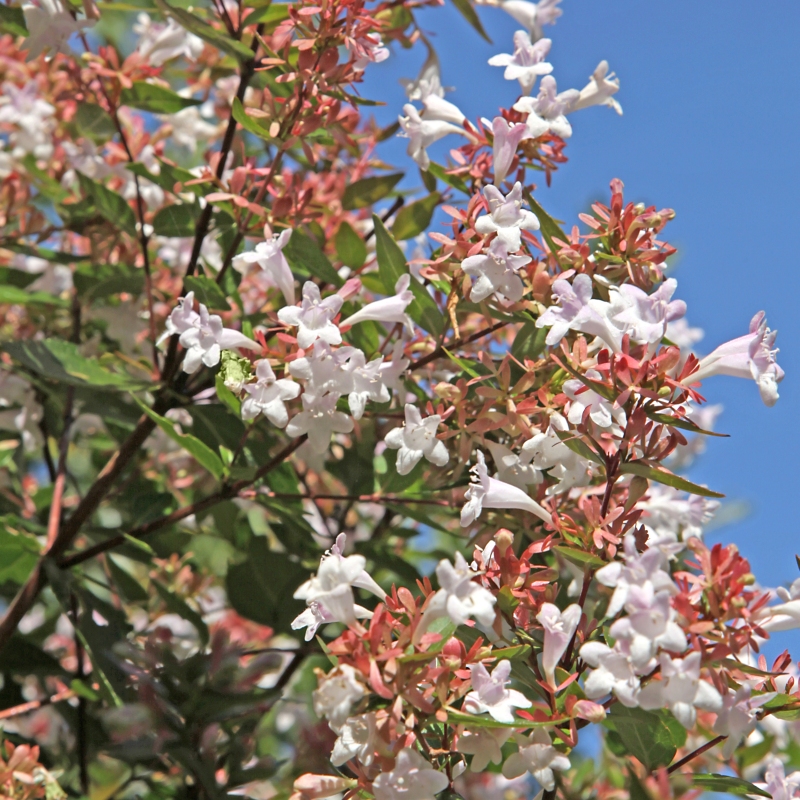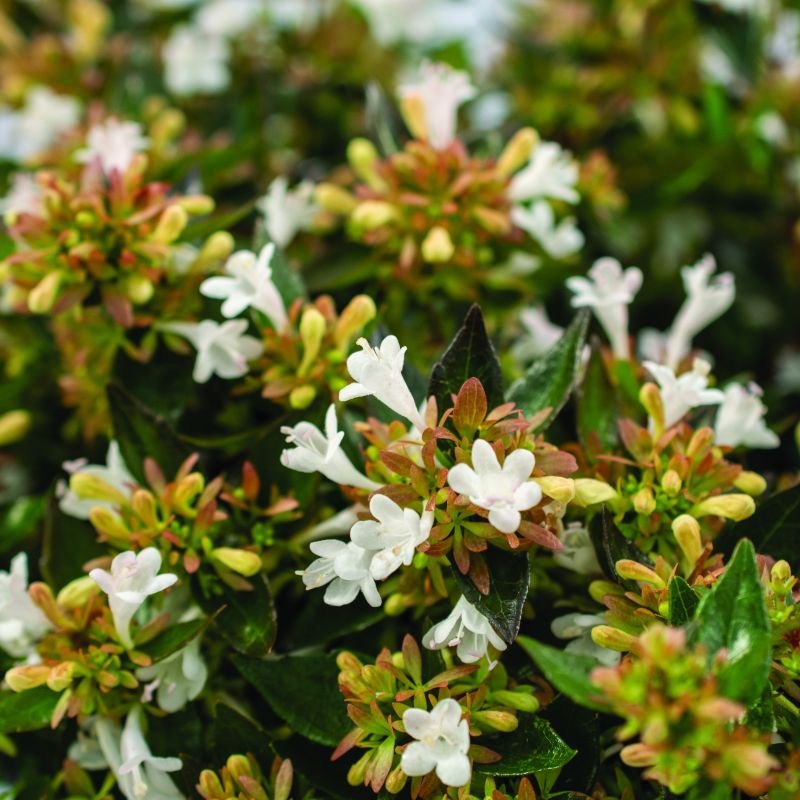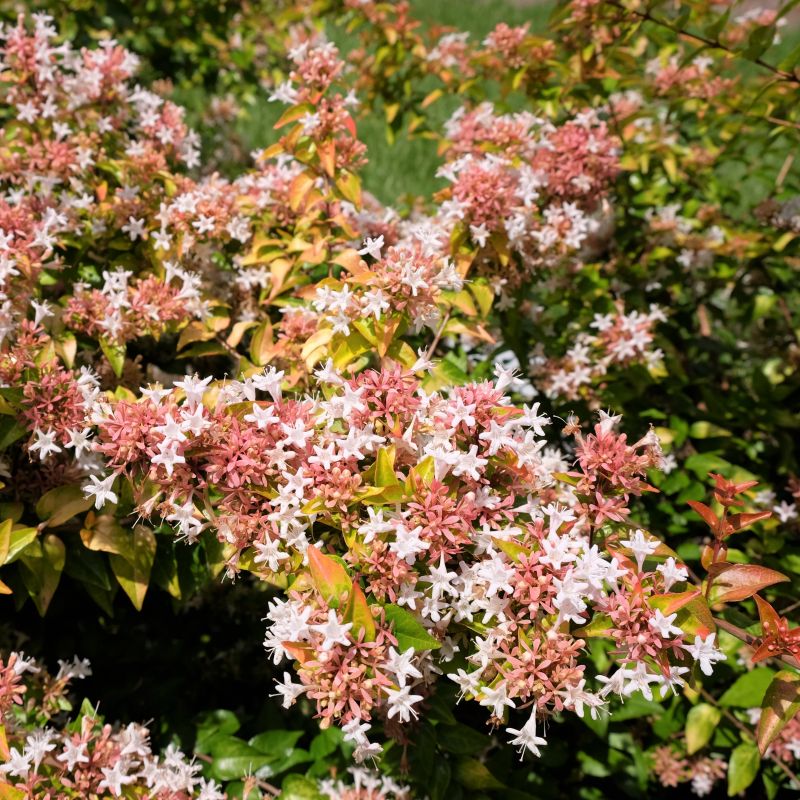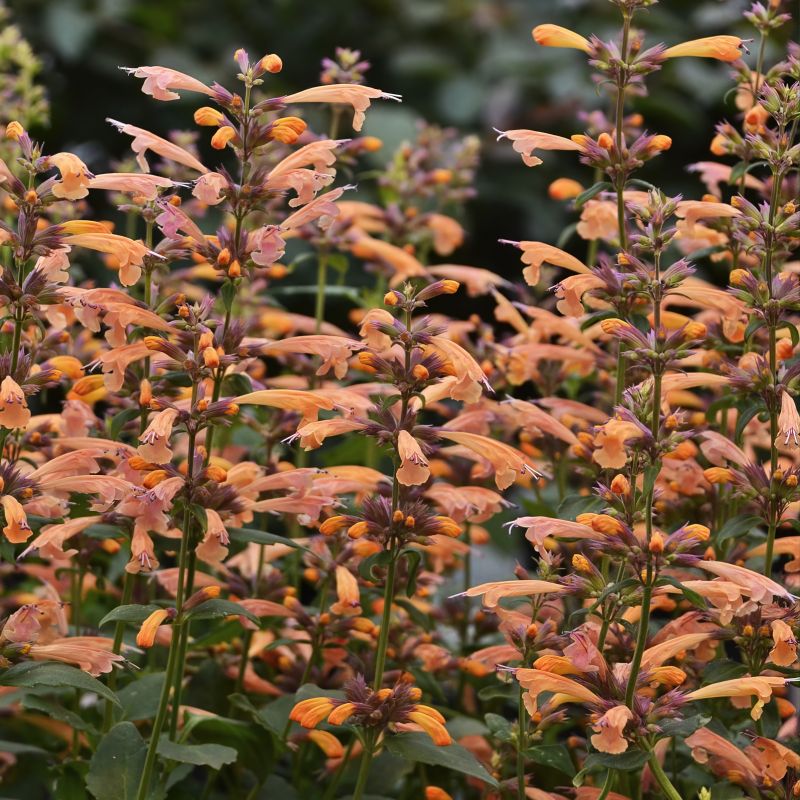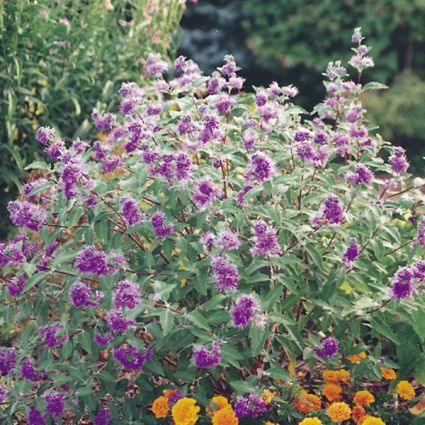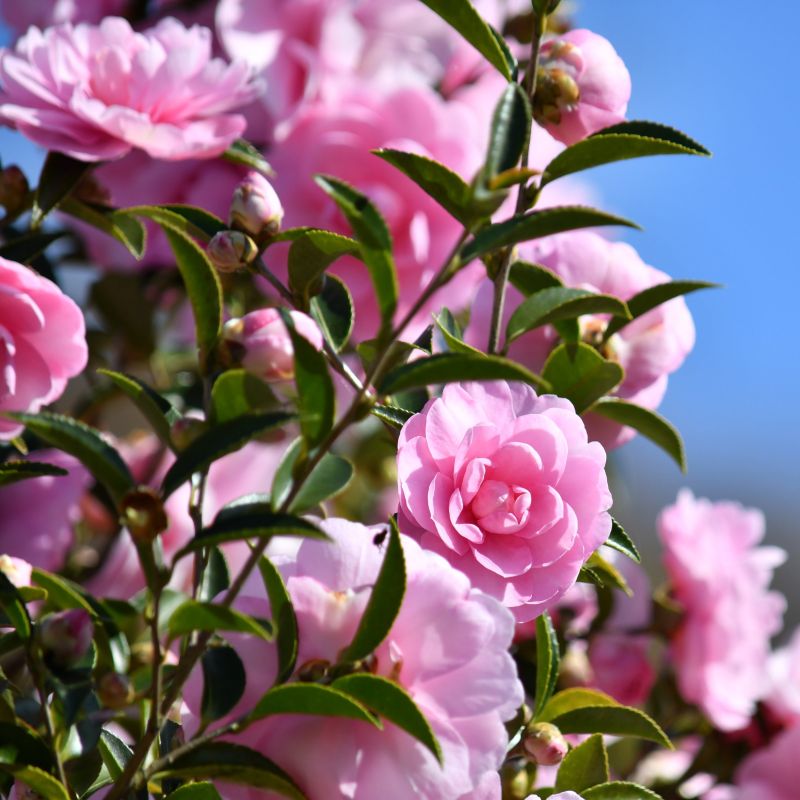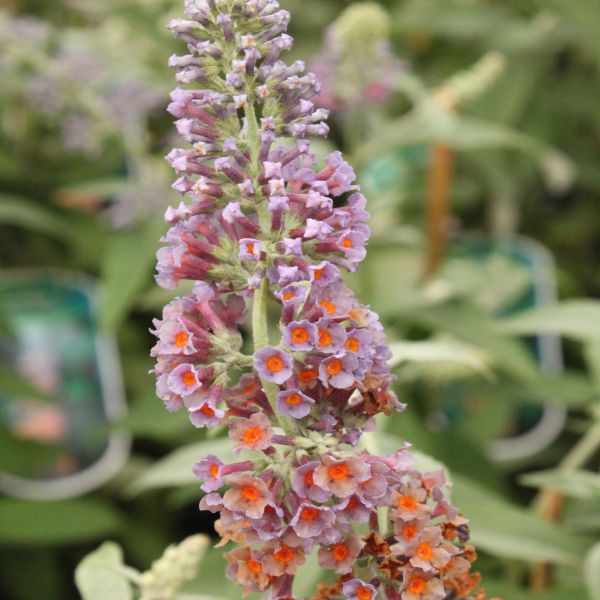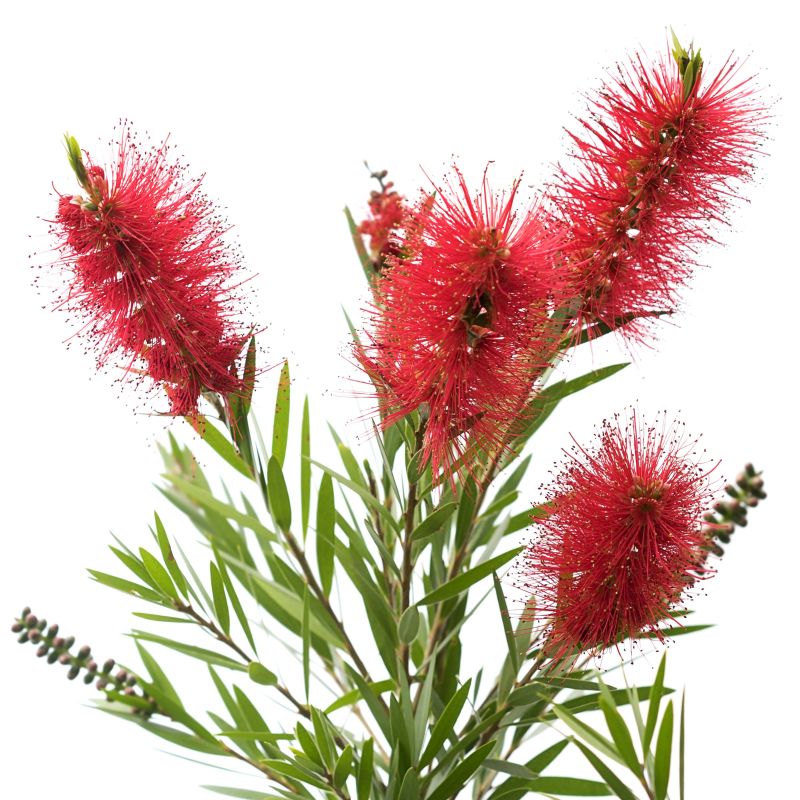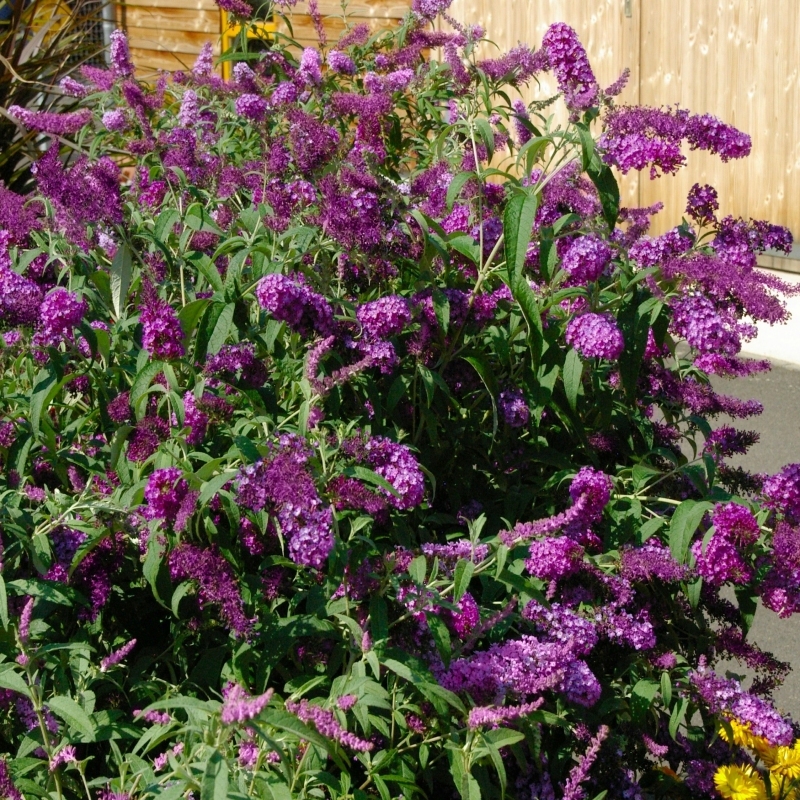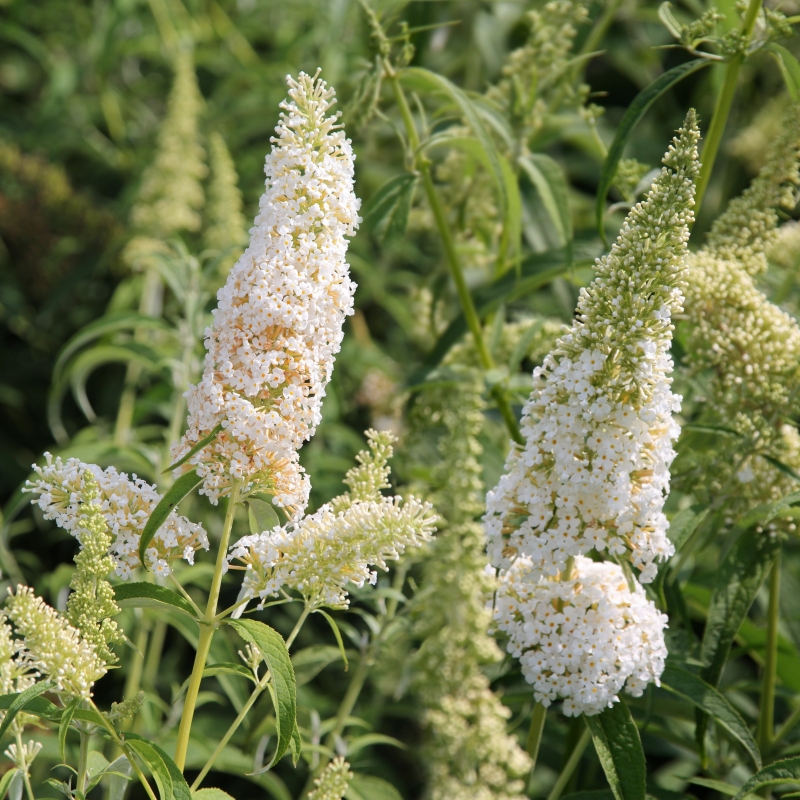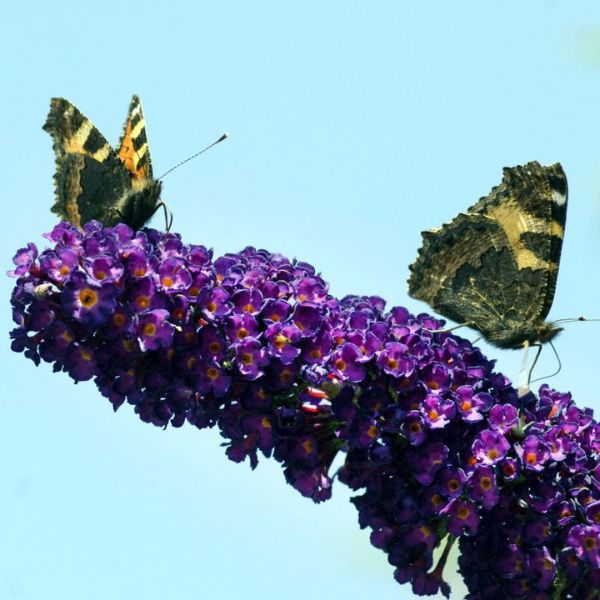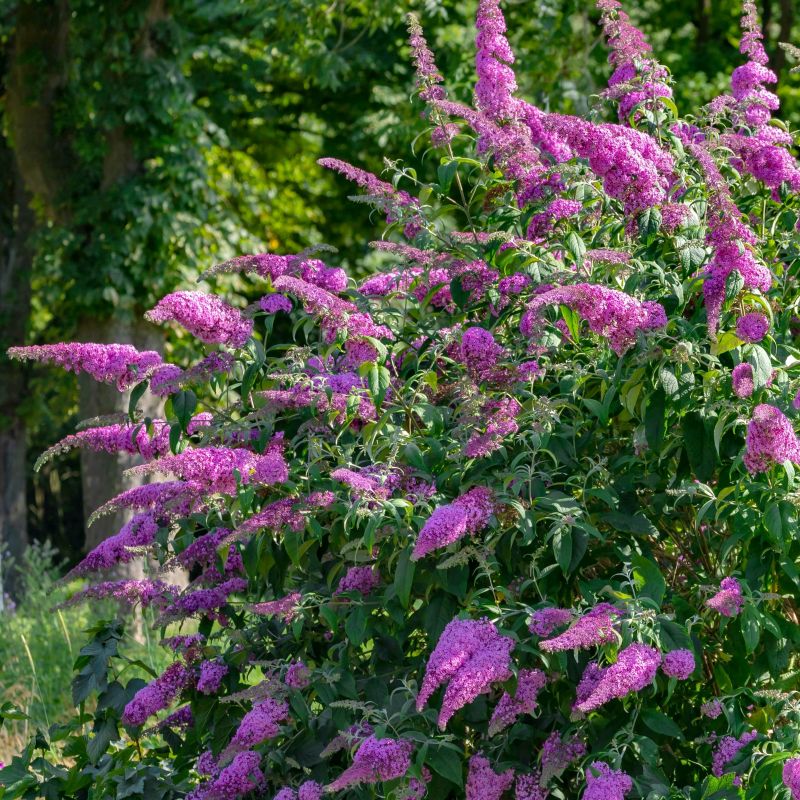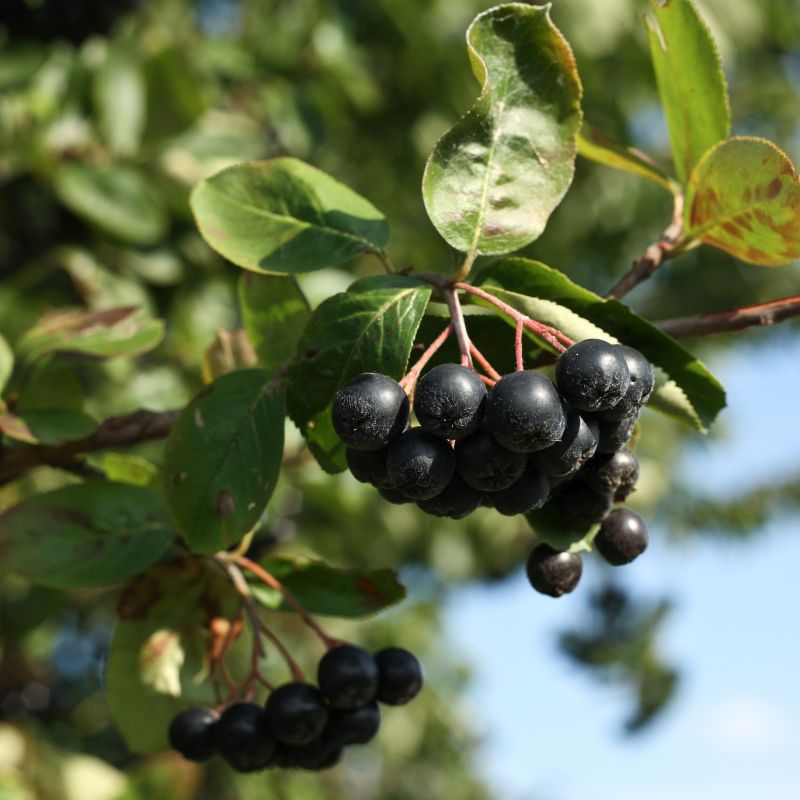
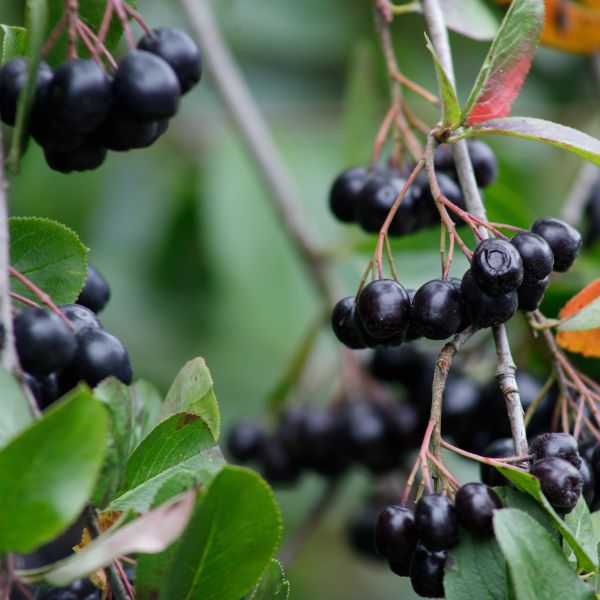
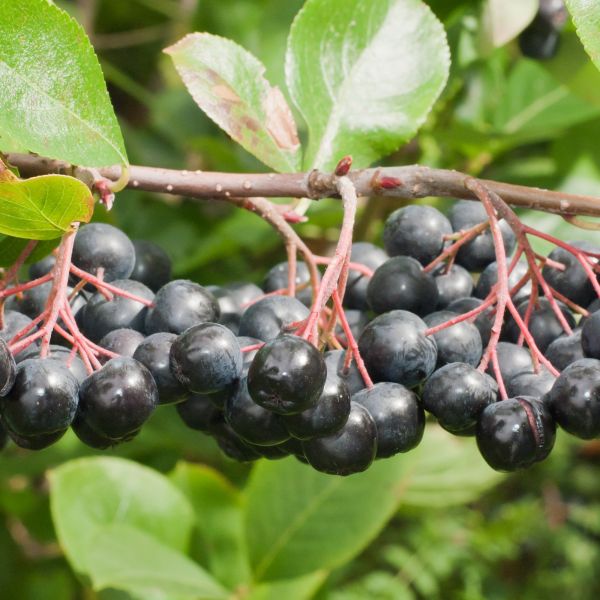
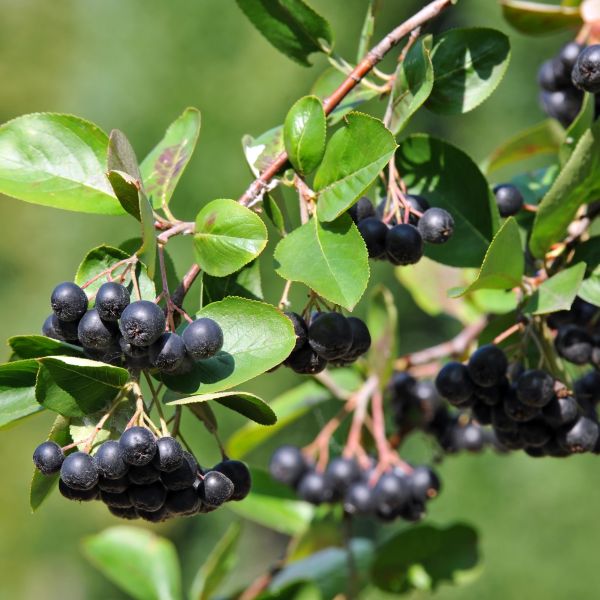
Black Chokeberry
Aronia melanocarpa var. elata
79 reviews
Black Chokeberry
Aronia melanocarpa var. elata
79 reviews
- High in antioxidants, making it a superfood
- Natural source of vitamin C and fiber
- Drought tolerant and low maintenance plant
- Recommended by landscape designers for optimal fit in real yards
$118.00
$169.00
30% Off
- Ships to in 3 to 7 days
- Free Shipping Over $150
- Plant Arrival Guarantee
- In Stock
- Free Plant Consult
$200 - Landscape-Approved: Every Plant We Sell Comes With Design Expertise Behind It
2.5 Gallon
Not just beautiful - intentionally selected by ShrubHub's 3D landscape design team to fit real-world spaces and maximize yard potential.
Why Black Chokeberry?
Black Chokeberry (Aronia melanocarpa var.elata) is a small shrub native to North America. It produces small, dark purple berries that are high in antioxidants and can be used to make juice, wine, and jams. The plant has a compact growth habit and is popular in landscaping due to its attractive white flowers in spring and bright red foliage in autumn. It is also resistant to pests and disease, making it a low-maintenance plant.
People who loved this plant also bought
Sunlight
Black chokeberry (Aronia melanocarpa) thrives in full sun but can tolerate some shade. It prefers at least six hours of direct sunlight per day to promote optimal growth and fruit production.
Watering
Black Chokeberry (Aronia melanocarpa) prefers consistently moist soil, especially during its first year of growth. Established plants are somewhat drought-tolerant, but regular watering is still necessary to keep the soil evenly moist.
Fertilizing
The fertilizer requirement for Black Chokeberry is minimal, as it prefers nutrient-poor soil. It is resilient and can thrive in various soil types, including acidic and alkaline soils. Therefore, the addition of fertilizer is generally unnecessary for this
Enjoy The Autumn Magic With Black Chokeberry Shrub
If you're looking for a versatile and beautiful plant that can add interest and nutrition to your landscape, look no further than the Black Chokeberry. This stunning deciduous shrub is sure to impress with its showy white flowers, dark green foliage, and purplish black, edible berries.
Native to Eastern North America, the Black Chokeberry, Aronia melanocarpa, is more than just a pretty face – it also provides many benefits that make it a valuable addition to any landscape.
The adaptability of the Black Chokeberry is one of its main advantages. This plant can flourish in a wide range of soil types, including damp marshy soils, as well as weather conditions, making it a low-maintenance addition to your yard. It is also drought-tolerant, so you may appreciate its beauty even during the hottest summers.
But the Black Chokeberry is more than just a versatile plant with delicious ripe fruits. It is also a valuable source of nutrition, with its berries rich in antioxidants and other beneficial nutrients. Enjoy the health benefits of this unique plant by incorporating its berries into your diet or using them to make jams and other preserves.
Aside from its adaptability and nutritional advantages, the Black Chokeberry has significant environmental benefits. Its leaves absorb carbon dioxide and other pollutants from the air, aiding in air quality improvement and mitigating the consequences of climate change. Furthermore, its thick growth habit offers critical habitat for birds and other species.
But perhaps the greatest benefit of the Black Chokeberry is its ability to add interest and texture to your landscape. This plant is a unique and eye-catching addition to any garden or yard, with its showy white flowers and dark berries. Plant it as a specimen plant or use it to create a natural privacy screen.
In short, the Black Chokeb
Plant Information:
| Botanical Name: | Aronia melanocarpa var. elata |
| USDA Zones: | 3 - 8 |
| Water: | Moderate |
| Exposure: | Full Sun |
| Soil Needs: | Widely Adaptable |
| Mature Height: | 3 - 6 feet |
| Mature Spread: | 3 - 6 feet |


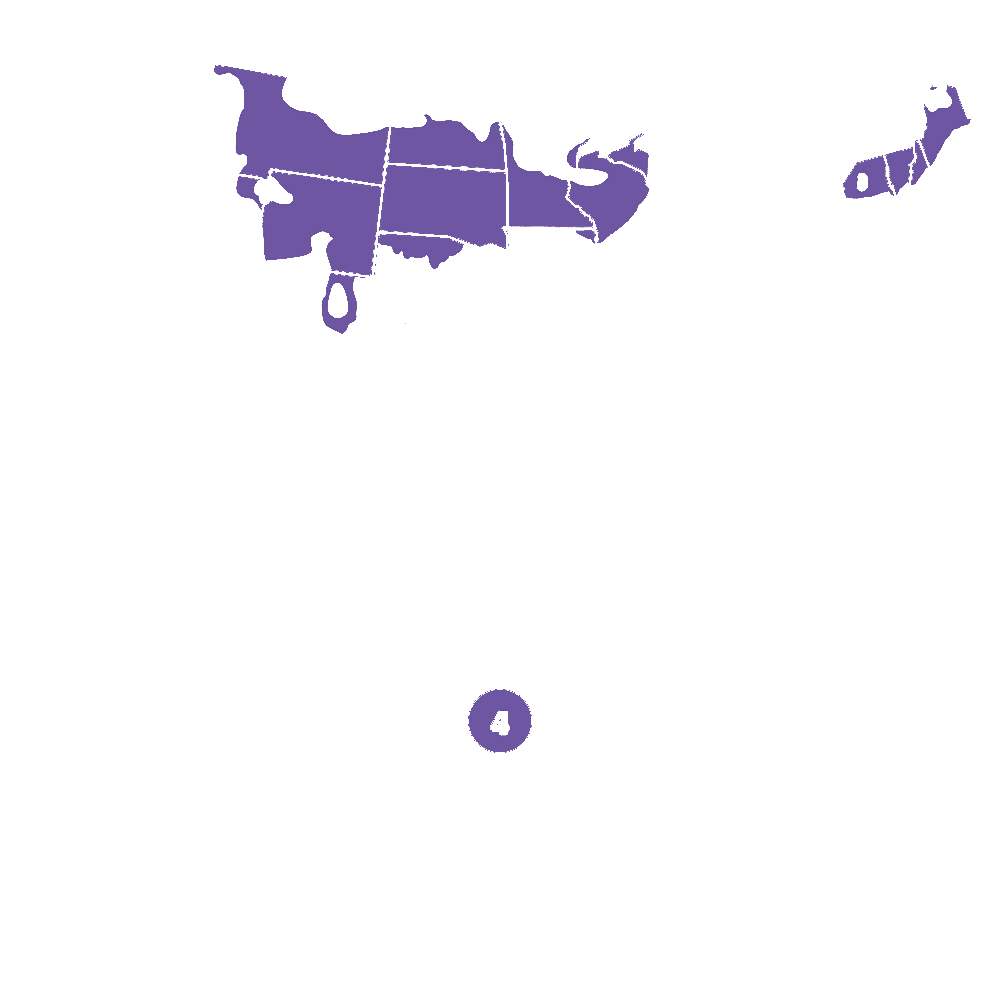
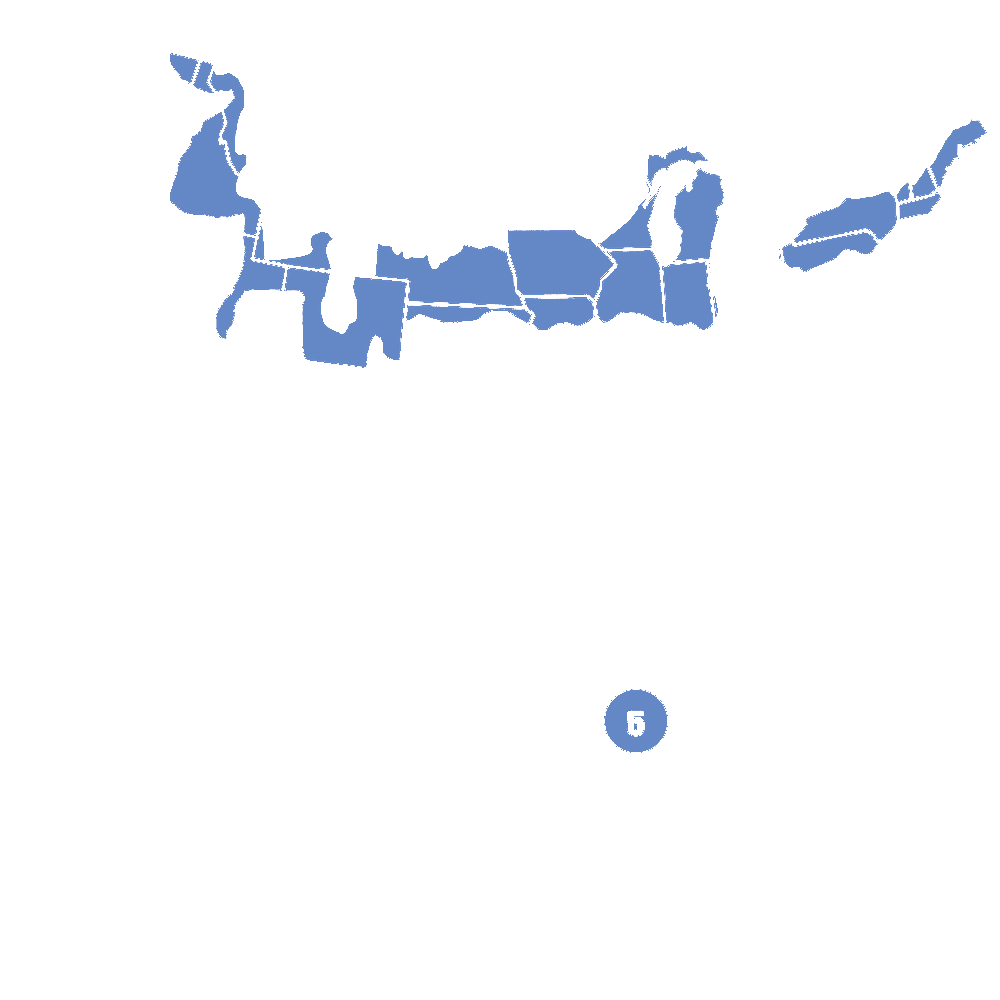
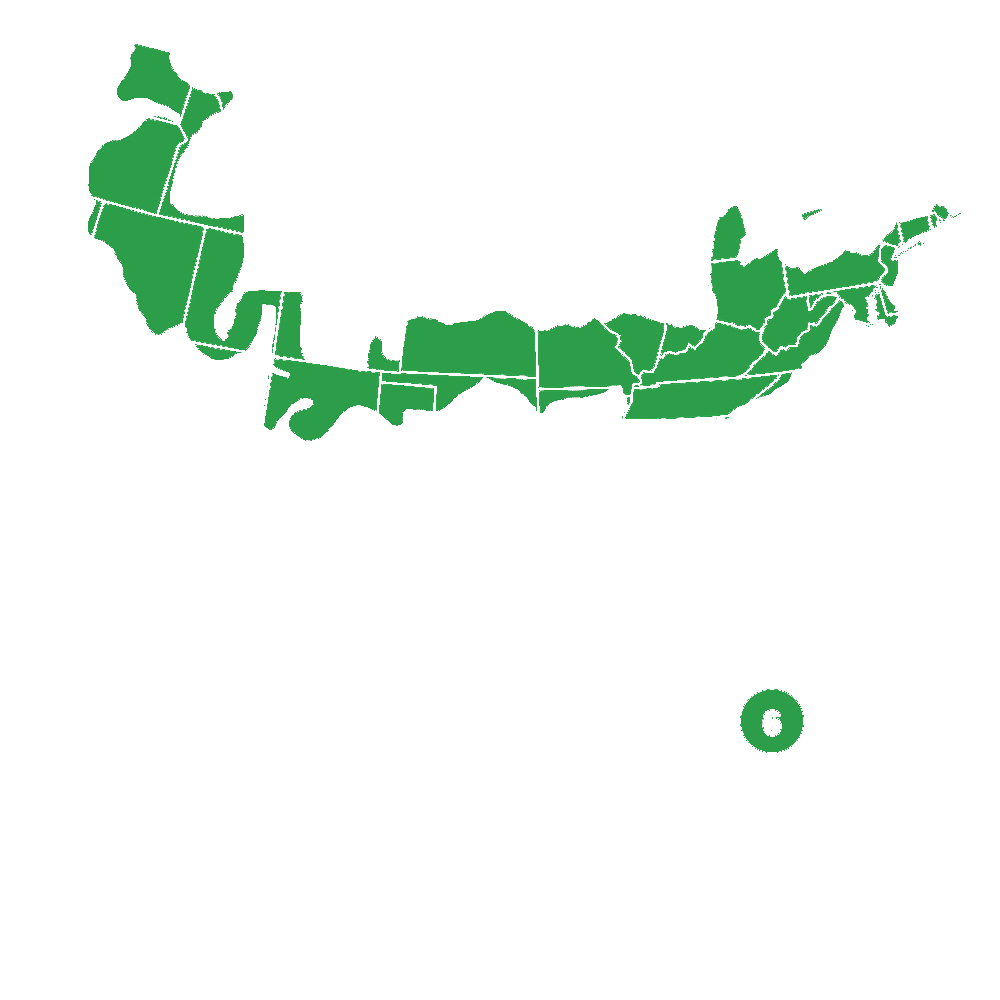
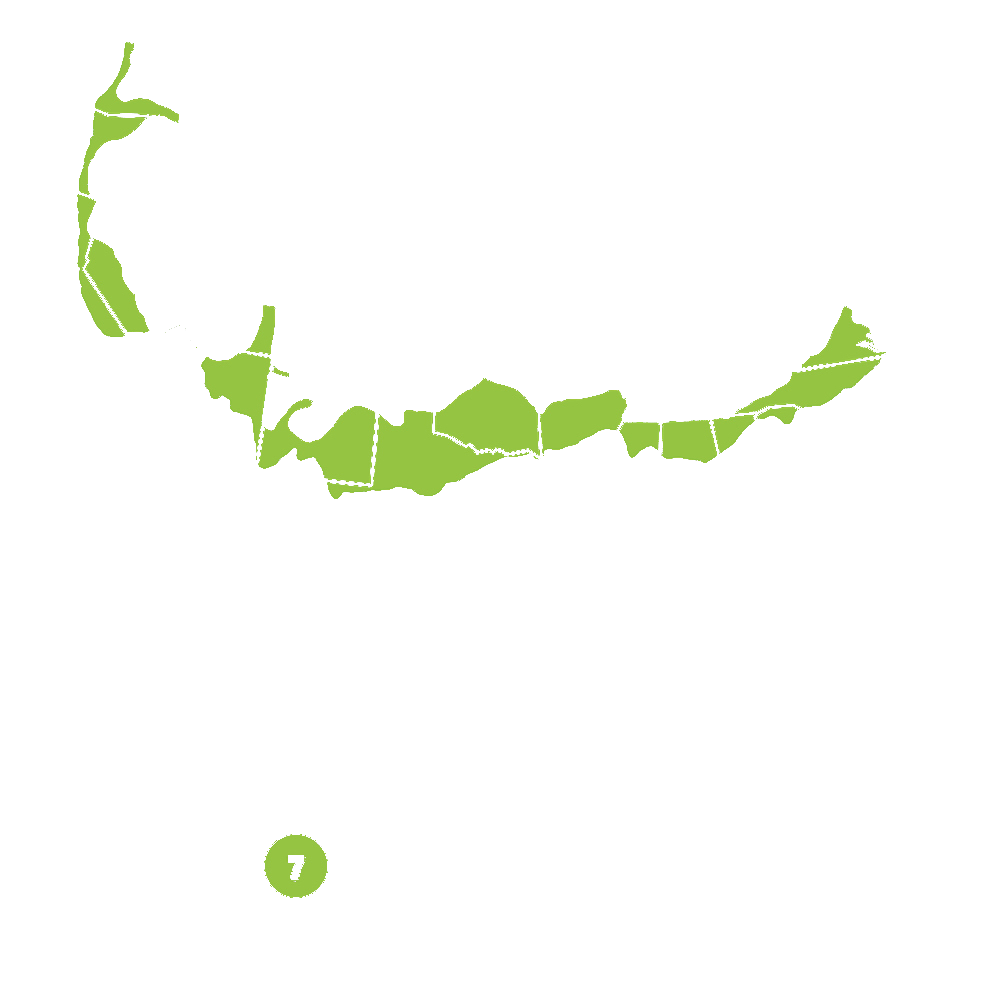
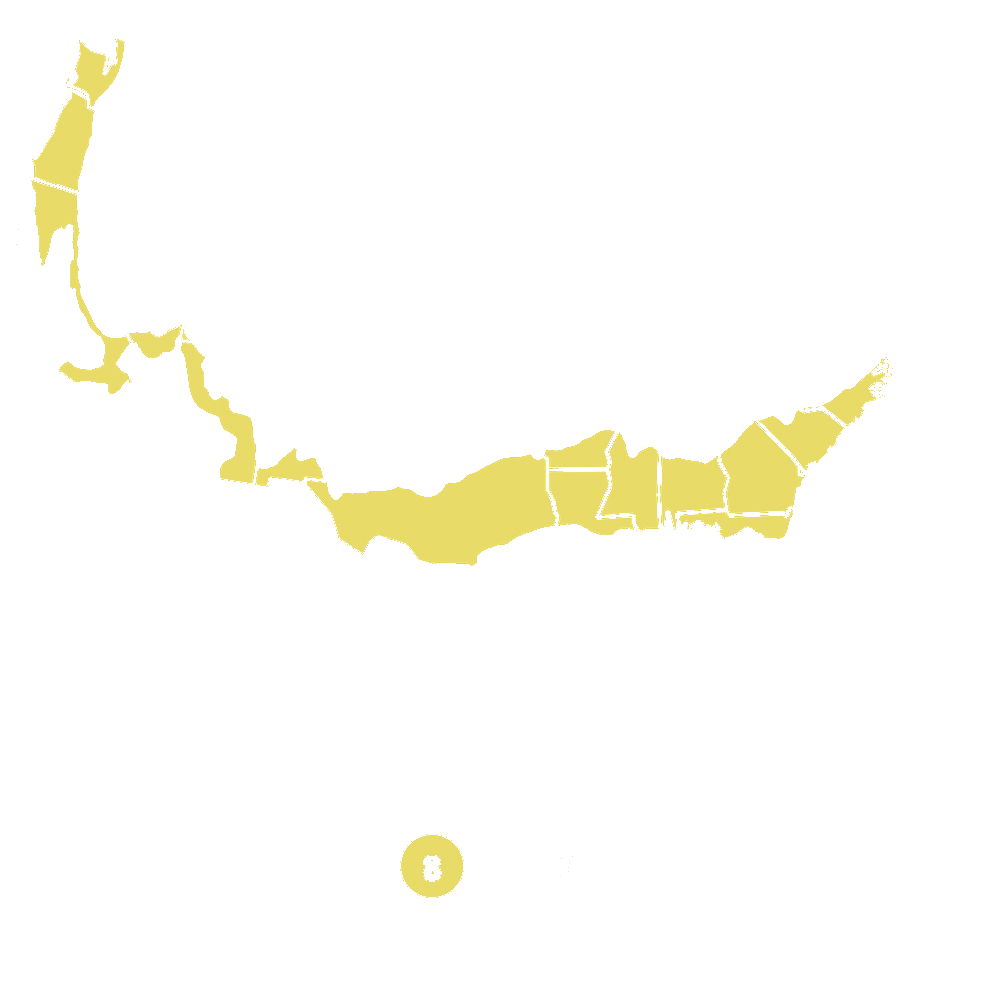
Pollination Info
Pollination Info for Black Chokeberry (Aronia melanocarpa var.elata)
Black Chokeberry is a deciduous shrub that produces small white or pink flowers in the spring, usually in May. Each flower contains both male and female parts but requires cross-pollination to produce fruit. The flowers are pollinated by bees, flies, butterflies, and other insects.
It is important to have more than one Black Chokeberry plant in an area for successful pollination. The recommended ratio is at least two plants per 50 feet.
The fruit of Black Chokeberry is edible and high in antioxidants. It is commonly used in jams, jellies, and juices.
Overall, Black Chokeberry is a great addition to any garden and benefits from a diverse community of pollinators for successful fruit production.
FAQ
Black Chokeberry (Aronia melanocarpa var. elata) FAQ
What is Black Chokeberry?
Black Chokeberry (Aronia melanocarpa var. elata) is a deciduous shrub that is native to North America. It produces small, black berries that are high in antioxidants and have many health benefits.What are the health benefits of Black Chokeberry?
Black Chokeberry is high in antioxidants and has been linked to many health benefits, including reducing inflammation, lowering blood pressure, and improving cognitive function. It has also been shown to have cancer-fighting properties.How do you grow Black Chokeberry?
Black Chokeberry grows best in full sun to partial shade and prefers well-drained soil. It can tolerate a wide range of soil types, including sandy, loamy, and clay soils. It is a hardy plant that can tolerate cold temperatures and is drought-resistant once established.When is the best time to plant Black Chokeberry?
The best time to plant Black Chokeberry is in the spring, after the last frost, or in the fall. It is important to plant them early enough in the fall so that the roots have time to establish before winter.How do you prune Black Chokeberry?
Black Chokeberry should be pruned in late winter or early spring before new growth begins. Remove any dead, damaged, or diseased branches, and thin out any crossed or crowded branches. Cut back any branches that are growing too tall or too wide to maintain the desired shape.How do you harvest Black Chokeberry?
Black Chokeberry should be harvested when the berries are fully ripe and have turned black. Gently shake the bushes to remove the berries, or use a forked tool to comb through the branches. Rinse the berries thoroughly and remove any stems or debris.What can you do with Black Chokeberry?
Black Chokeberry can be eaten fresh or used in a variety of recipes, including jams, jellies, syrups, and baked goods. It can also be used to make a tasty and healthy juice or wine.Planting & Care
Planting & Care for Black Chokeberry (Aronia melanocarpa var.elata)
Black chokeberry is a deciduous shrub that is commonly grown for its ornamental value as well as its edible berries. Here are some guidelines for planting and caring for black chokeberry:
Planting:
- Choose a site that receives full sun to partial shade.
- Plant the shrub in well-drained, moist soil.
- The planting hole should be twice as wide as the root ball, but no deeper.
- After planting, water thoroughly and mulch to retain moisture.
Care:
- Water regularly during the growing season, especially during hot, dry weather.
- Fertilize in the spring with a balanced fertilizer.
- Prune in late winter or early spring to remove any dead or damaged branches.
- Black chokeberry is resistant to many diseases and pests, but occasional pests like spider mites and aphids can be controlled with insecticidal soap.
Harvesting:
- The fruit is ready to be harvested when it turns dark purple or black in color.
- Harvest the berries by either handpicking or cutting the stems with clean and sharp tools.
- Store the harvested berries in a cool, dry place for up to a week or freeze for later use.
Black chokeberry is a beautiful and useful plant that requires minimal maintenance, making it an excellent addition to any garden or landscape.
Check Out These Verified Customer Reviews:
Customer Reviews
4.6 out of 5 based on 79 reviews
Thank you! Your review has been submitted.
My experience purchasing black chokeberry plants from this website was great. The item arrived quickly and was well-packaged. Customer service was also very helpful.
Excellent customer service, very responsive.
The Black Chokeberry looks amazing in my garden! Very healthy plant.
Item has been added to your cart.



